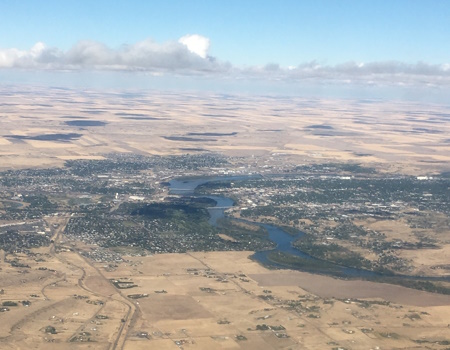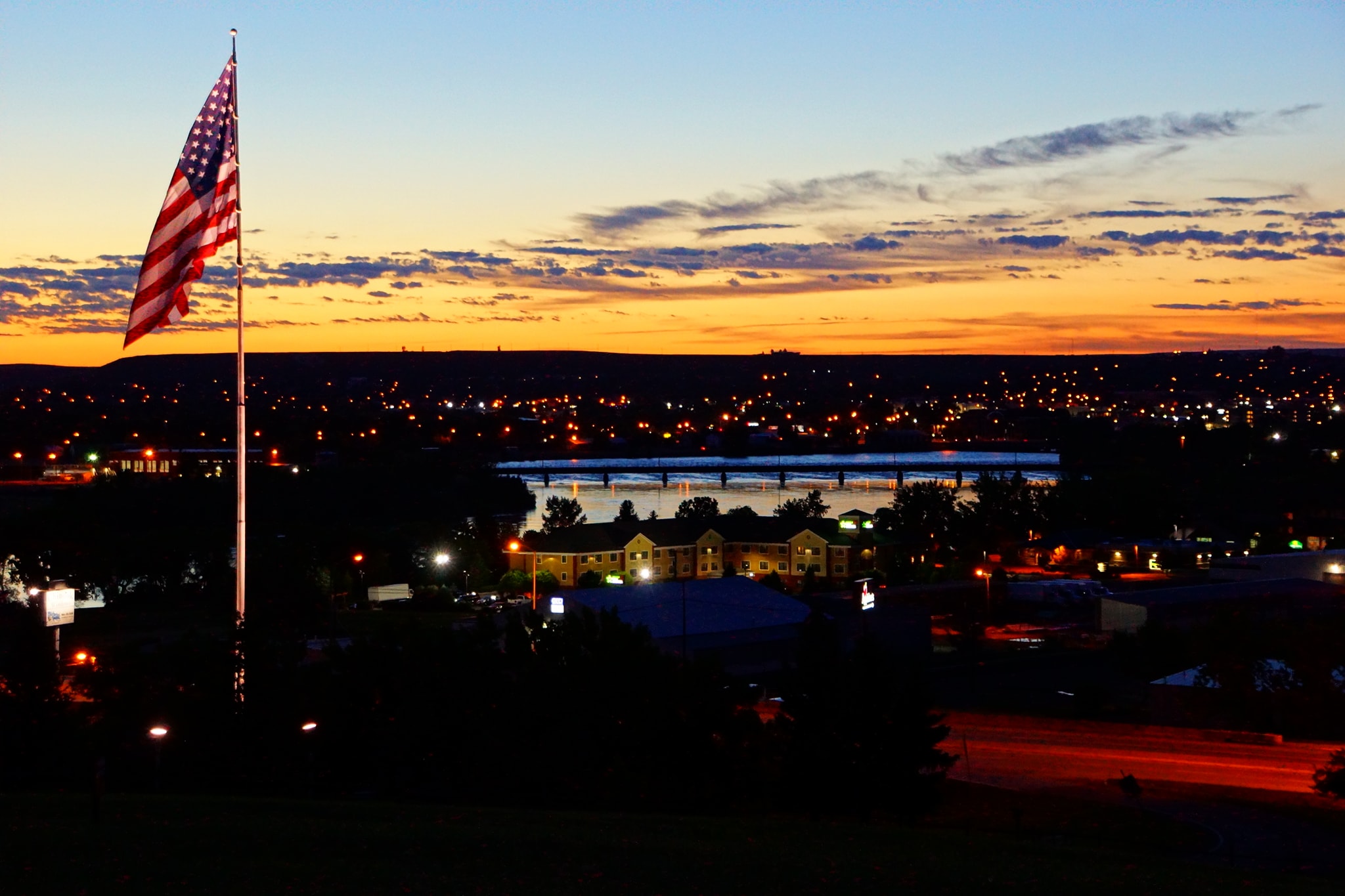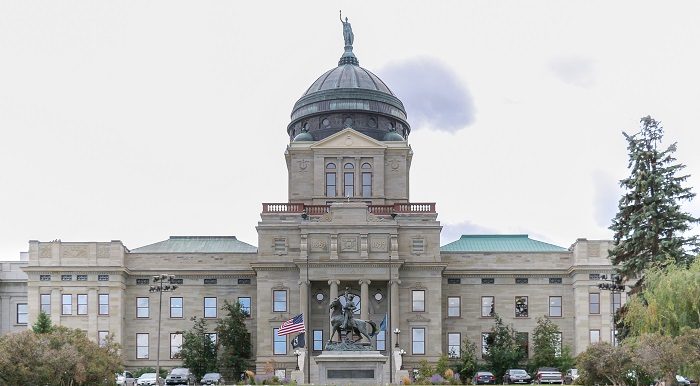As we move into 2025 I want to take the opportunity to highlight a few of the changes, improvements, and opportunities coming to Great Falls in the coming year and on the near horizon. Thanks in large part to COVID relief and ARPA funding, both of which were one-time funding sources, the City of Great…
Category: Economic Development
Uh-Oh, Another ‘New’ Casino In Great Falls?
“Oh no! Another new casino in Great Falls!”. Sorry, but that complaint is kind of misleading, because gaming licenses are tied to liquor/alcohol licenses which are controlled by the state and apportioned to communities according to population. Think Whack-a-Mole. One has to close before another pops up. We haven’t had any “new” additional casinos here…
Good News And Bad News, Great Falls: Building Permits Up, Crime Up
Well, Great Falls friends and neighbors, there’s some good news and there’s some bad news. Good News First According to a recent analysis by the City of Great Falls Planning and Community Development Department new construction and building permits are not just on an upward trend over the past year, they’re up by a lot….
Redefining ‘Handout’: Calumet Gets Tax Abatement
At last weeks Great Falls city commission meeting we voted unanimously to approve a tax abatement, worth about $2.8 million over 10 years, for the Calumet refinery here. The abatement is an incentive for Calumet’s bio-fuel expansion project which is creating more high-paying jobs in Great Falls, is environmentally friendly, and will help to boost…
Great Falls/Cascade County Still Stagnant
At last week’s Great Falls city commission meeting we voted to approve a $150,000 funding request, using federal ARPA funds, for the Great Falls International Airport. The money will be used as part of a matching fund package for a Small Community Air Service Development Grant (SCASD) to help lower air fares at Great Falls’…
Comparing Great Falls’ Economic Data To Rest Of State
This week I received and reviewed some of the latest economic data put out by Patrick Barkey and the Bureau of Business and Economic Research at the University of Montana. Once again I found it interesting, and a little discouraging to be honest, to see how Great Falls/Cascade County is faring compared to other Montana…
Montana Minimum Wage Increase?
Editors note: Below is an email forwarded to E-City Beat from Great Falls State Representative Lola Galloway. Dear State Representative Galloway, As Montana continues to discuss the state’s minimum wage I wanted to call your attention to The Heartland Institute’s newest Research & Commentary examining the economic implications associated with Senate Bill 187. Heartland’s state government relations coordinator Samantha…
Stop – In The Name Of Fairness And Common Sense
What’s a 50 meter pool that is 25 meters short? If you answered, “very short-sighted”, you’d be correct, but that’s what you are going to get with the new Indoor recreation Center and Aquatics Facility. Why is a 50M pool an important feature of an Indoor Aquatics Center? According to a Cost Benefit Analysis (CBA)…
How Long Before Biden’s Climate Change Agenda Damages Great Falls?
The following excerpts are from an article in the Montana Petroleum Report newsletter entitled “BIDEN TORPEDOES KEYSTONE XL PIPELINE”, written by Alan Olson, Executive Director of the Montana Petroleum Association. You can read the entire article here. “President Biden’s recent executive order to rescind the permits for TC Energy’s Keystone XL, including a section of the pipeline…
Will Businesses Reject Great Falls If We Don’t Pass The School Levy?
In a recent letter to the editor, Gerry Jennings urged support for the upcoming school levy. After making a suspect claim about class sizes, Jennings regurgitated an even more questionable argument about public education and its relationship to economic development. “My four children received the best education the state had to offer during the ‘70s…








